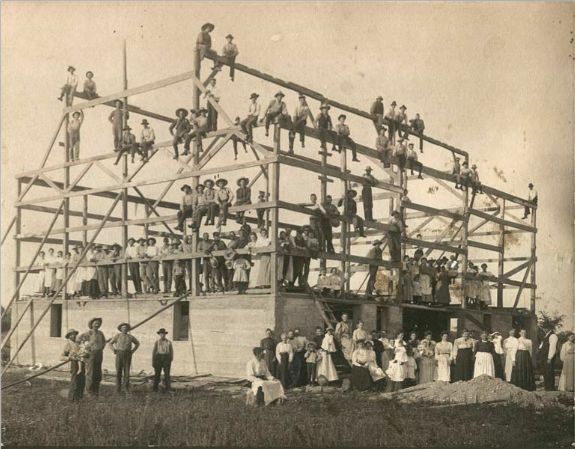There’s no shortage of ideas for remaking higher education.
Consider a few recent ones:
- Identifying educational niches and providing more flexibility in course structure for students.
- Replacing classes with modules.
- Replacing degrees with badges.
- Doing away with classrooms and giving students their own learning space instead.
Margaret Rhodes at Wired is among the latest to report on ideas for remaking an antiquated educational format that rewards students for taking notes, memorizing facts, and then checking boxes on tests.
“Students don’t need information,” Rhodes writes. “They need to learn how to process and use it.”
Bravo!
Rhodes offers four ways to help higher education become more creative, based on ideas from the Stanford School of Design:
- Revamp the timeframe. Substitute the four-year degree for a six-year program that allows students to move in an out as their needs change.
- Eliminate class designations. Rather than designating students as freshmen, sophomores, juniors or seniors, let them range across the curriculum, learning and then applying and then learning something new.
- Ditch the transcript. Rather than focusing on GPAs, focus on skill building and portfolio development.
- Forget majors. Rather, have students declare goals or missions and let them take classes that help them meet those goals.

Cathy Davidson of City University of New York immediately added two other ideas to the list: eliminate tuition, and provide better pay for high-quality instructors.
Davidson is spot-on in her argument that radical changes will have little effect unless we’re willing to change the underlying problems. That is, we say we want high-quality education but still fail to provide the incentives and rewards that would make that happen.
Leonard Cassuto, a professor of English at Forham University, explains perhaps the central difficulty of elevating teaching in the research-driven culture of higher education. “It’s not that teaching doesn’t matter,” Cassuto writes, “but even many community colleges are looking for publication these days. It’s the only credential that crosses institutional boundaries, so it’s the easiest one for institutions to brag on.”
Cassuto is right, but even in higher education’s research-driven culture, we brush aside teaching as impossible to measure. So we send research packets out for external review when a professor goes up for tenure or promotion, but to evaluate teaching, we generally resort to student evaluations and observations of a single class. We shrug our shoulders and move on.
We can change that. The Provost’s Task Force on Course Redesign, of which I was a member, offered several solutions to improving teaching at KU. The solutions apply to every university, though. They aren’t particularly radical, and there’s nothing as eye-popping as the ones from the Stanford School of Design. Rather, the ideas are intended to help change the culture of teaching and the systemic problems that hold good teachers back. They include these:
- Create community. We need to identify faculty who want to improve or change their courses and provide opportunities for them to network with similar-minded instructors to share ideas that will lead to additional change.
- Encourage collaboration. This means within departments but also among departments and universities to share ideas and approaches to improving education. It also applies to faculty members who teach different sections of the same course.
- Provide support. We need to expand programs that provide support for faculty members interested in changing their courses. In our case, that includes the C21 Consortium and the teaching fellows program, both of which help faculty members and departments improve active learning.
- Recognize and reward effective teaching. Until we truly reward innovative, high-quality teaching in the same way we reward innovative, high-quality research, we have little hope of wide-scale change.
- Increase funds for remaking classrooms. Classrooms alone won’t change anything, but as I’ve written previously, classroom design can indeed improve student engagement and motivation.
- Make better use of digital technology for learning. Good teaching starts with sound pedagogy, but digital technology provides the means for reaching students in new ways, making courses more engaging, and time-shifting assignments so we can make better use of class time to address areas where students struggle.
Whether radical or not-so radical, the ideas for improving higher education offer no magic powers. Rather, they provide blueprints we can follow and frameworks on which we can build.
Think of an old-fashioned barn-raising, which provides a lens for looking at many aspects of education. By joining our forces and applying our expertise, we can create something that none of us could accomplish individually. And yet, to effect change we need individuals to step up and join the community.
Doug Ward is an associate professor of journalism and the associate director of the Center for Teaching Excellence. You can follow him on Twitter @kuediting.